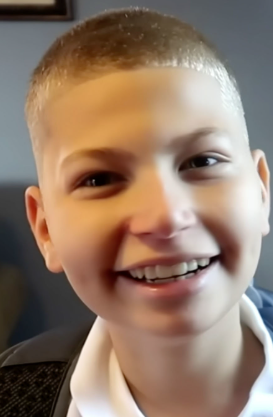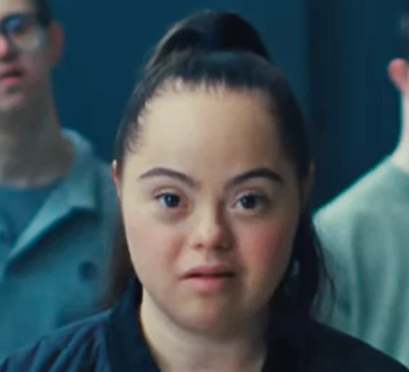foreveriqletsigma
GTC (Member)
- Joined
- Oct 26, 2025
- Posts
- 45
- Reputation
- 112
Is it development or their actual disorder (Down syndrome, severe autism, etc.) that causes them to look like that? I want to know the specifics why they always look so horrendously subhuman.





